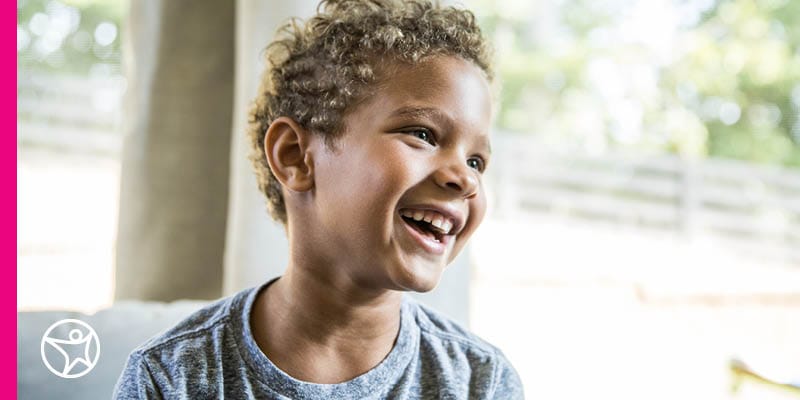How to Conquer Social Anxiety in K–12 School Children
by Alyssa Austin
byConnections Academy
3 min to readAs the parent or Learning Coach of a growing student, you spend a lot of time encouraging your child to succeed. You might help your child improve their reading fluency, test-taking skills, virtual classroom etiquette, organization, and so on.
These are important skills that all students should develop. But don’t forget to also teach your child the importance of self-acceptance.
Learning to accept yourself takes time, no matter who you are. But trying some of these self-acceptance activities will make your child aware of their unique strengths and weaknesses. In turn, they will develop self-esteem and celebrate their identity. Encourage your child to try a few of the self-acceptance exercises below to get started.
Does your child know their strengths? They can use this the Multiple Intelligences Theory to investigate abilities and develop others. These talents include Word, Logic, Nature, Music, Body, Self, and People Smarts. Understanding and exploring personal talents can build your child’s confidence and help them learn better.
Self-expression is vital to helping kids grow as individuals. Dedicating time to hobbies teaches them to appreciate their individuality. Help your child find an outlet for creative expression, whether it’s painting, building robots, playing music, or exercising.
In this activity, your child asks friends or family members to describe them using a kind word, such as “creative” or “loyal.” With index cards, glue, magnets, and other craft supplies, your child will make a magnet for each word. This activity puts positive words for self-improvement front and center and encourages self-acceptance by showing children how they are viewed by the people they love. The magnets become daily reminders of your child’s best qualities.
Adapt this summer activity for fall as a fun way for your child to preserve their memories for next year. The activity graphic offers a guide to creating scavenger hunt snapshots, school goals, and predictions for the future to include in the time capsule. When the time capsule is opened a year later, your child can answer many of today’s questions about themselves and show the personal and academic growth they will have experienced.
This is a simple activity that organizes your child’s feelings about themselves. On a piece of paper, your child draws two columns. In the first column, they write down their strengths. In the second column, they list a few weaknesses. Next, ask your child to circle the things that they can change, such as study habits. Demonstrating that your child can work on certain weaknesses makes it easier to accept them. In other words, your child can use self-improvement as they strive for self-acceptance.
Although we want children to strive for self-acceptance, it doesn’t mean they should avoid self-improvement activities. The definition of self-acceptance is accepting who you are despite your behaviors. Self-improvement is about changing behaviors, not fundamental qualities. Children can view self-improvement as a way to become the best versions of themselves.
Some educational self-improvement exercises your child can try are:
by Alyssa Austin
by Elizabeth Preston
by Alyssa Austin
